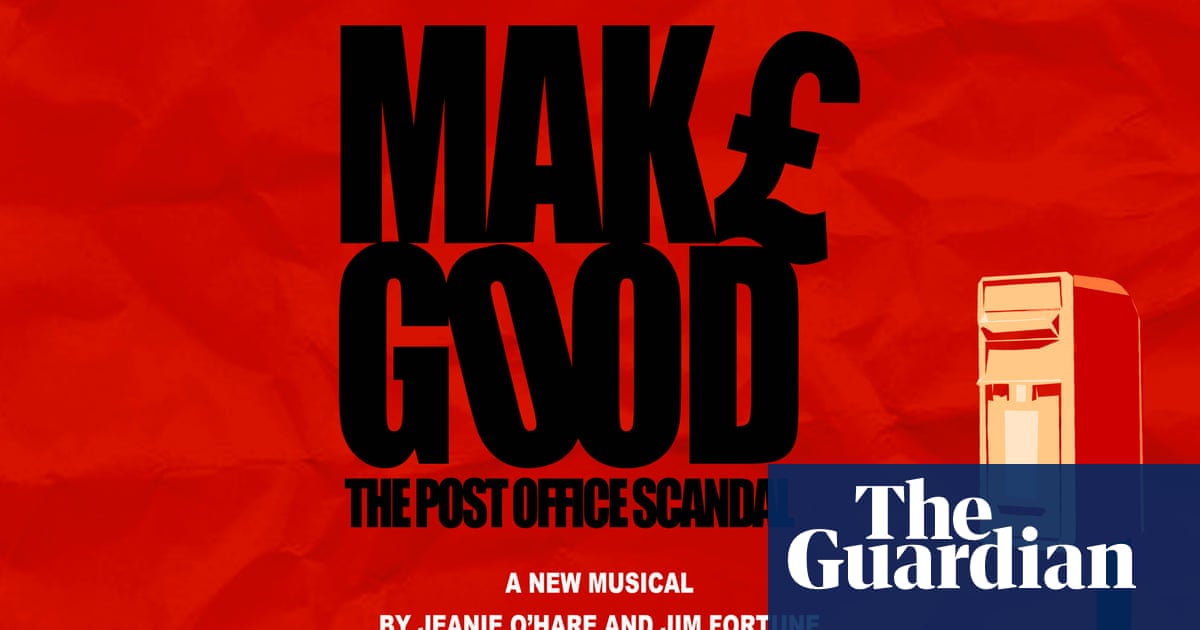
What does this new way of doing business mean for the music industry?
BERN: Monetization of an artist’s craft has always been a tricky issue. It is also a bifurcated one: Very few top names earn big money and the vast majority just get by, if even that.
That holds true in all art forms, but particularly in the music industry. In 2017 the top 1 percent of recording artists dominated income in all categories — 78 percent of music sales, 68 percent of live performances, and 56 percent of merchandise.
Very few recording artists operate at that level. The chosen few have recently started taking control of their future earnings power by signing mega deals on their music rights. In recent months Bob Dylan sold the rights to 600 of his songs to Universal Music Publishing Group (UMG) in a deal believed to be worth more than $300 million.
Others have followed. Shakira, Neil Young, Lindsey Buckingham, Debbie Harry, and Mark Ronson signed the rights to all or part of their music titles to Hipgnosis Songs Fund. This catapulted Hipgnosis, which was founded and is run by former Elton John manager Merck Mecuriadis, into the super league when it comes to buying rights and providing upfront liquidity to the stars of the music business.
It is a win-win move for both parties allowing the artist to capitalize on their name recognition while they are on top of their game, while ideally constituting little risk for the music publishers, because they only choose musicians whose name recognition they expect to be of enduring quality.
The risk, which looks manageable, is taken by the publisher, which is different to the Bowie bonds of the late 1990s, which were self-liquidating debt instruments with a 10-year tenor that used future revenues of the recording asset as collateral.
In both cases the artist aimed to monetize future revenue streams rolling the risk of future performance onto an end-investor, which in the case of Bowie was the general public who decided to invest in the bonds and in the case of the recent transactions a music publisher taking on equity risk.
Hipgnosis, which has become a force to be reckoned with thanks to these transactions, has been doing something right for some time. It floated on the London stock exchange in 2018, immediately reaching a market cap of £1.25 billion ($1.71 billion). Its revenues for the first six months of 2020 reached £50 billion.
The deals constitute tremendous earnings power for the company — as long as the popularity of songs and artists remain, which is a portfolio risk because the company signed on several artists.
What does this new way of doing business mean for the music industry? It turns a few names into a sought-after bankable commodity, leaving the rest of the pack behind with no negating, and very little, earnings power.
This phenomenon always existed but was exacerbated when the importance of streaming services for distributing music rose, because Apple, Amazon, and Spotify markedly tilted the earnings power in favor of the publishers rather than the artists.
Taylor Swift fought against that trend in 2018, when her condition to sign on with UMG was that the publisher shared the proceeds of the sale of its Spotify stake with all the artists. This was remarkable, because Swift did not just optimize her own earnings but allowed the company’s whole stable of artists to share in the windfall.
For the smaller artists, earning money has not become any easier since then. It also had its pitfalls for the superstars. The coronavirus disease (COVID-19) pandemic, with its restrictions on live performances, has taken a further toll on the industry.
In that sense the recent deals allow the artists to take their mind off new earnings structures, as the industry is dealing with the vagaries of a pandemic while new forms of disseminating music evolve. The superstars can now focus on their craft — or whatever else takes their fancy.
The question remains, what this means for the great masses of lesser-known or unknown artists and how they can earn a living? Most great names have started small. Will this new way of financing the top 1 percent help or hinder smaller artists to develop into the next Shakira or Neil Diamond while they struggle to keep body and soul together lacking any bargaining power?
The new deals are great for the top 1 percent of artists and for the publishers. These deals are a real win-win for stars and publishers. They are big business with a capital B.
Cornelia Meyer is a Ph.D.-level economist with 30 years of experience in investment banking and industry. She is chairperson and CEO of business consultancy Meyer Resources. Twitter: @MeyerResources












